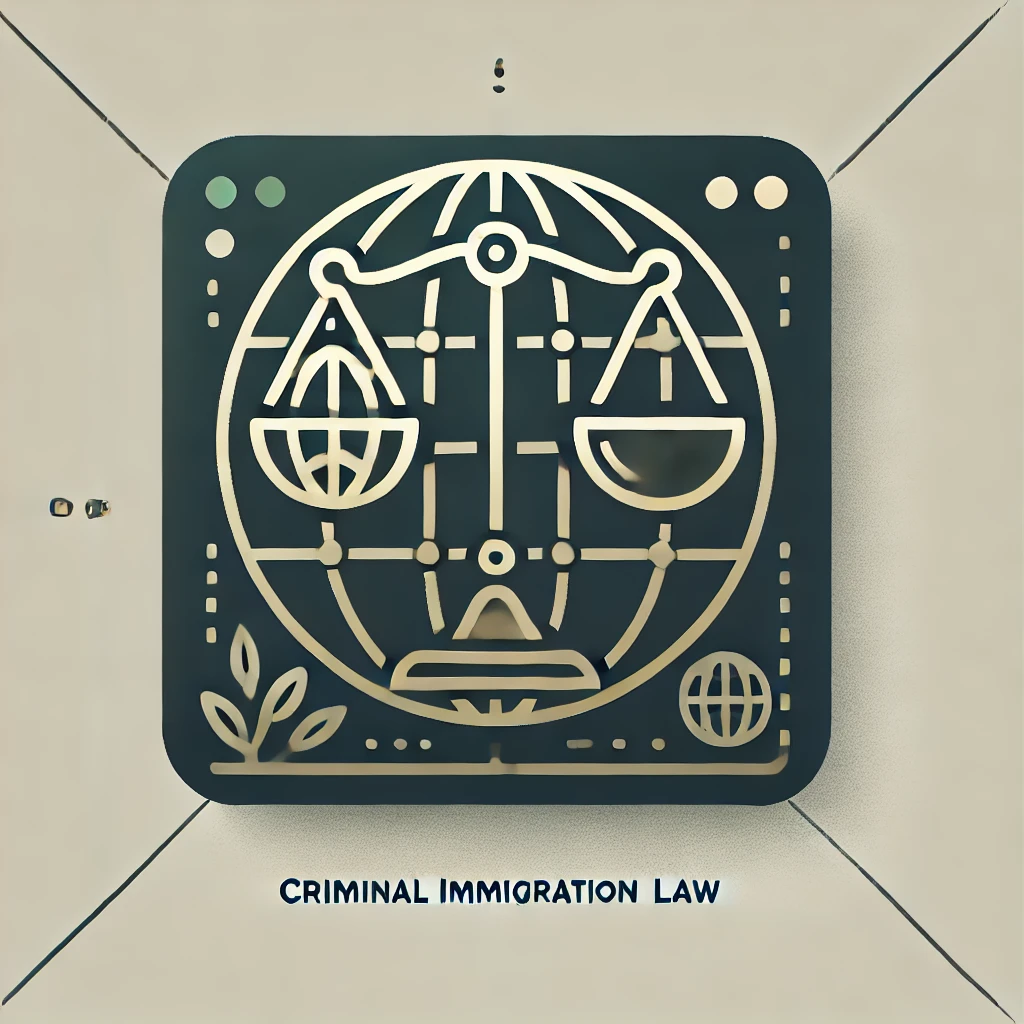Top 7 Reasons Why Your I-539 Application Might Face Delays can be frustrating and confusing, especially when you’re eager to get your status updated or extended. If you’ve ever wondered why your application seems stuck in limbo, you’re not alone. In this article, we’ll dive deep into the most common causes of delays and help you understand what might be holding up your case.
1. Incomplete or Incorrect Application Forms,
2. Missing Supporting Documents,
3. USCIS Backlogs and Processing Times,
4. Request for Evidence (RFE) Delays,
5. Mailing or Delivery Issues,
6. Changes in Immigration Policy,
7. Complex Case Situations and Background Checks,
Key Takeaways,
Conclusion,
1. Incomplete or Incorrect Application Forms
Have you ever filled out a form and realized you missed a crucial field? That’s exactly what happens with many I-539 applications. The Top 7 Reasons Why Your I-539 Application Might Face Delays often start with simple mistakes like leaving blanks, entering wrong dates, or forgetting signatures. USCIS is very strict about accuracy. Even a tiny typo can send your application back for corrections, causing weeks or even months of delay.
So, double-check every detail before hitting send. It’s like building a house — if the foundation isn’t solid, the whole structure wobbles.

2. Missing Supporting Documents
Imagine trying to solve a puzzle with missing pieces. That’s what USCIS faces when your I-539 application lacks essential documents. Whether it’s proof of your current status, financial support, or a valid reason for extension/change, missing paperwork can stall your case.
Always include clear, legible copies of everything requested. If you’re unsure, think of it as packing for a trip — better to bring too much than too little!
USCIS taking too long? Discover how a Mandamus lawsuit can get your case moving.
Learn How a Writ of Mandamus Can Help3. USCIS Backlogs and Processing Times
Sometimes, delays aren’t your fault at all. The Top 7 Reasons Why Your I-539 Application Might Face Delays include the inevitable backlog at USCIS offices. With thousands of applications pouring in, processing times can stretch out longer than expected.
It’s like waiting in line at your favorite coffee shop on a busy morning — patience is key. Checking USCIS processing times online can give you a realistic idea of when to expect updates.
4. Request for Evidence (RFE) Delays
Ever been asked for more info after submitting something? USCIS might issue an RFE if they need clarification or additional documents. While this is normal, it can add weeks or months to your timeline.
Responding quickly and thoroughly to an RFE is crucial. Think of it as a second chance to prove your case — don’t miss it!
Get complimentary general advice via email or WhatsApp!
For more in-depth legal counsel, phone or office consultations are available for a flat fee for up to 40 minutes.
Contact Us on WhatsApp Email us5. Mailing or Delivery Issues
Believe it or not, sometimes your application gets lost in the mail or delayed due to postal errors. Using the wrong address or not choosing a trackable mailing option can turn your I-539 application into a game of hide and seek.
Always send your forms via certified mail or courier services that provide tracking. It’s like sending a valuable gift — you want to be sure it arrives safely.
6. Changes in Immigration Policy
Immigration laws and policies can shift like the wind, and these changes often impact processing times. If new rules are introduced or priorities shift, your application might be caught in the crossfire.
Staying informed about current immigration news can help you anticipate delays. Think of it as weather forecasting for your immigration journey.
Looking for in-depth legal counsel? Call us or visit our contact page to schedule a paid consultation.
Call Us Visit Our Contact Page7. Complex Case Situations and Background Checks
Some applications require extra scrutiny, especially if there are complicated factors like prior overstays, criminal records, or security concerns. These background checks can take longer, causing delays beyond your control.
It’s like a detective digging deeper into a mystery — thoroughness takes time, but it’s necessary for a fair decision.
Key Takeaways
- Accuracy matters: Double-check your forms to avoid simple mistakes.
- Complete documentation: Include all required supporting papers.
- Expect delays: USCIS backlogs are common and often unavoidable.
- Respond promptly: Address RFEs quickly to keep your case moving.
- Use reliable mailing: Track your application to prevent lost documents.
- Stay updated: Immigration policy changes can impact processing times.
- Be patient: Complex cases need extra time for thorough review.
Conclusion
Waiting for your I-539 application to be processed can feel like watching paint dry — slow and agonizing. But understanding the Top 7 Reasons Why Your I-539 Application Might Face Delays can give you peace of mind and help you avoid common pitfalls. Remember, immigration processes are often complex, and seeking legal advice early on can save you time and stress. Don’t hesitate to reach out to a qualified immigration attorney who can guide you through the maze and keep your application on track.
Related Articles You’ll Love
- How to Avoid Common Mistakes That Delay Your I-539 Application
- Understanding USCIS Processing Times: What to Expect for I-539
- Step-by-Step Guide to Responding Effectively to an I-539 RFE
- Impact of Recent Immigration Policy Changes on I-539 Applications
- Top Tips for Organizing Your Supporting Documents for I-539
- How Background Checks Affect Your I-539 Application Timeline
- Choosing the Right Mailing Method to Prevent I-539 Delays
- When to Consult an Immigration Lawyer About Your I-539 Case
- How to Track Your I-539 Application Status Online Like a Pro
- Advanced Strategies to Expedite Your I-539 Application Processing
